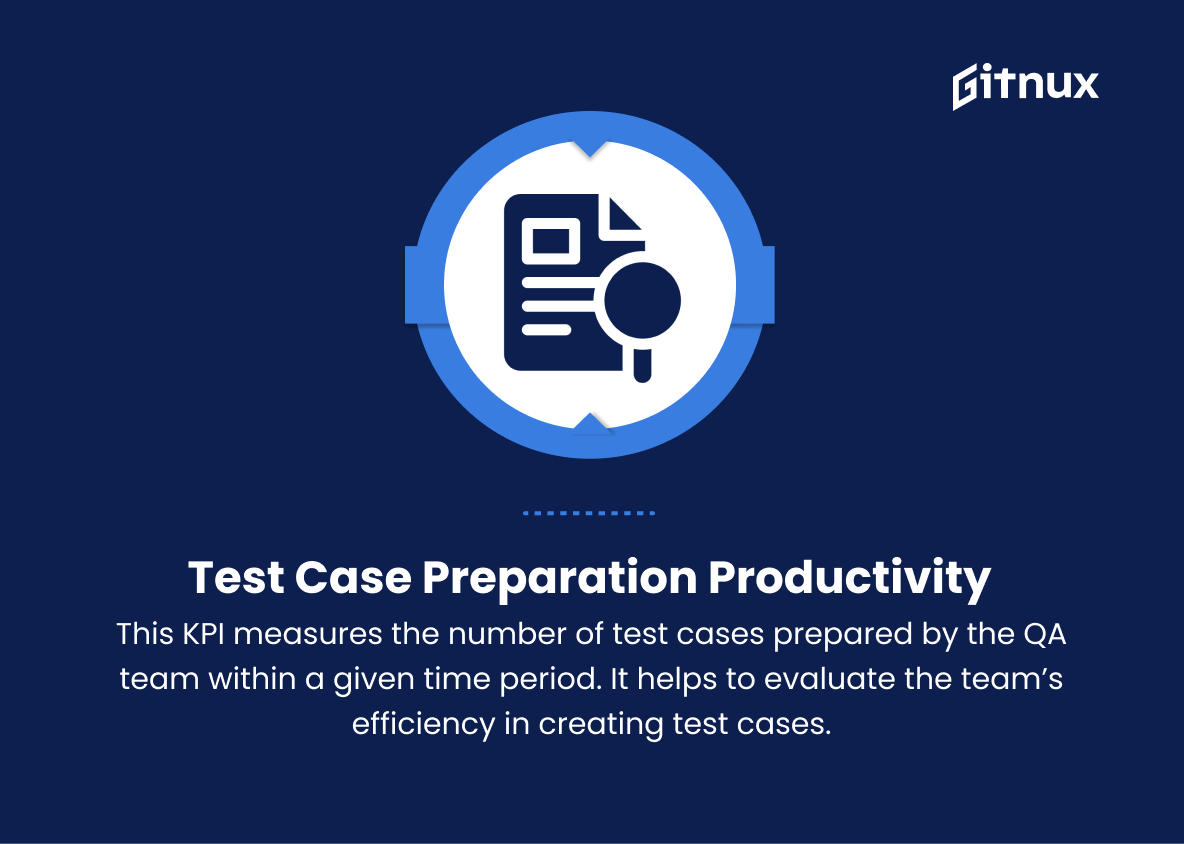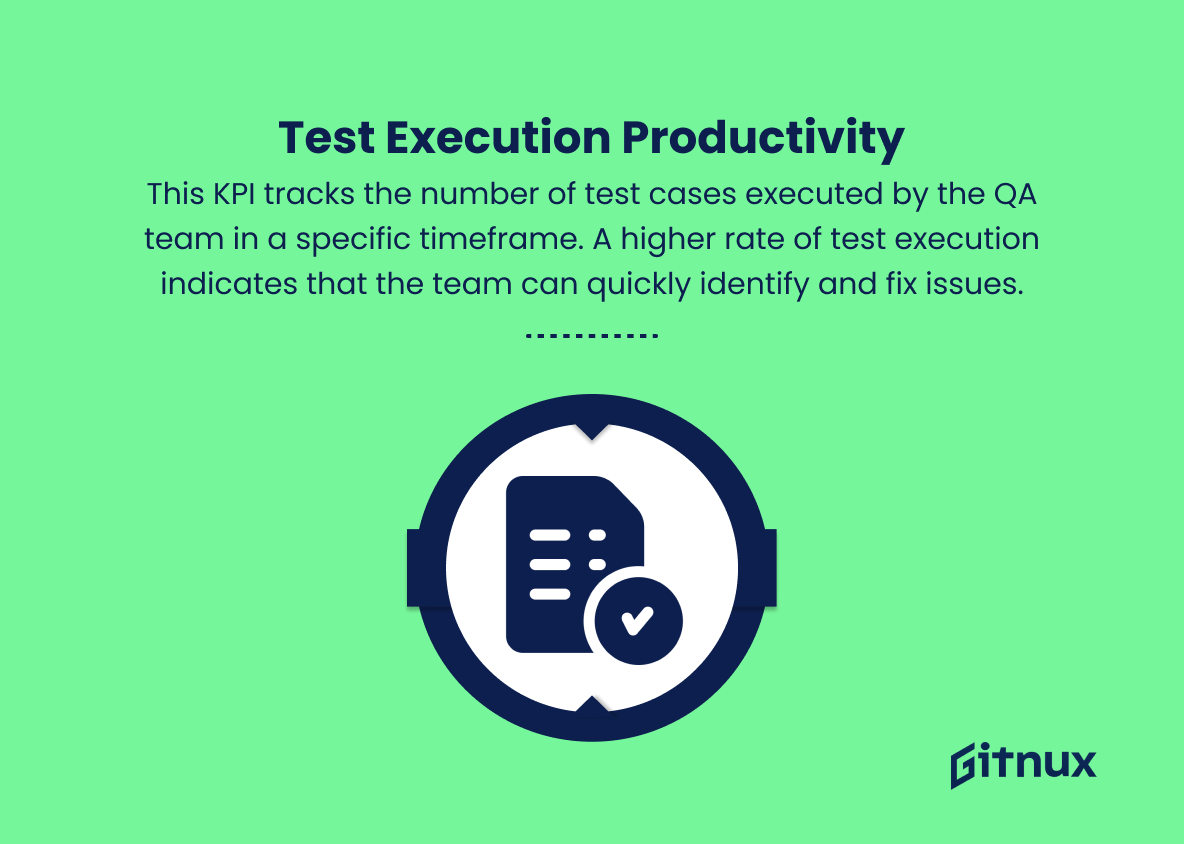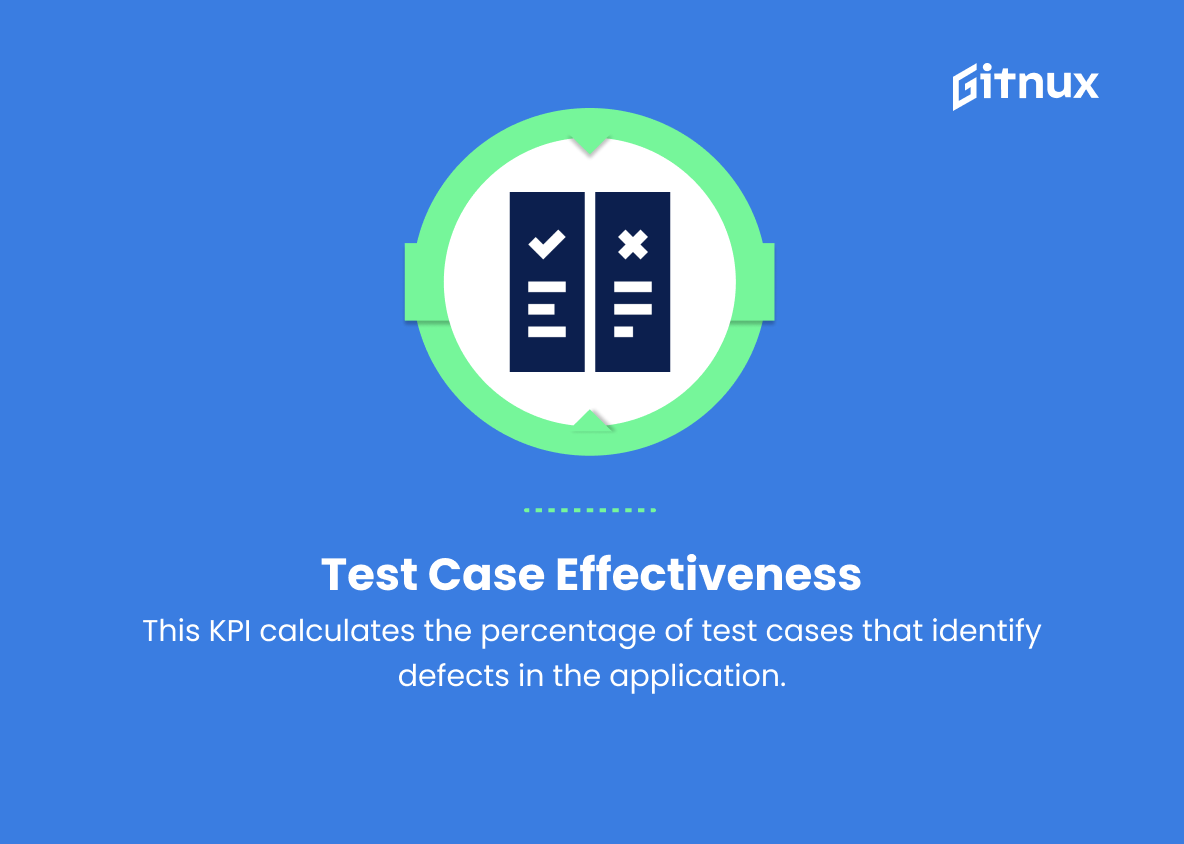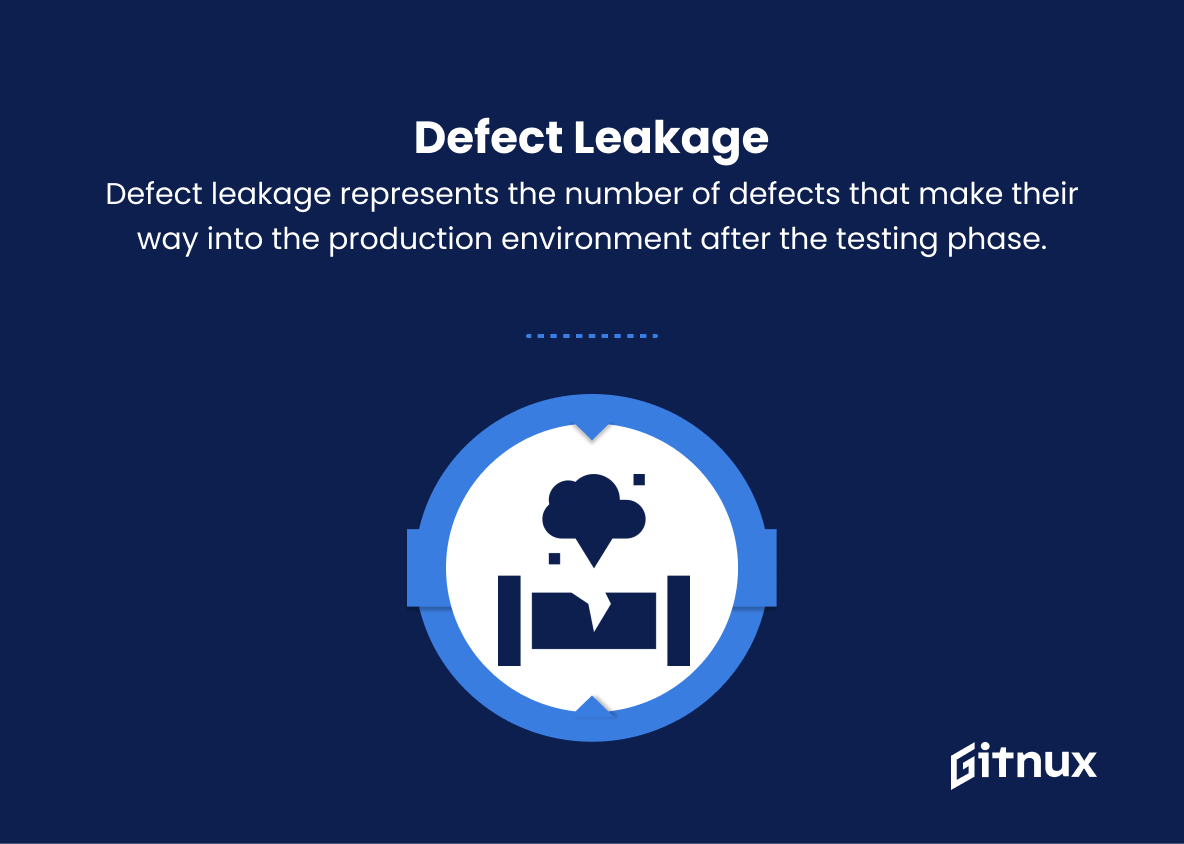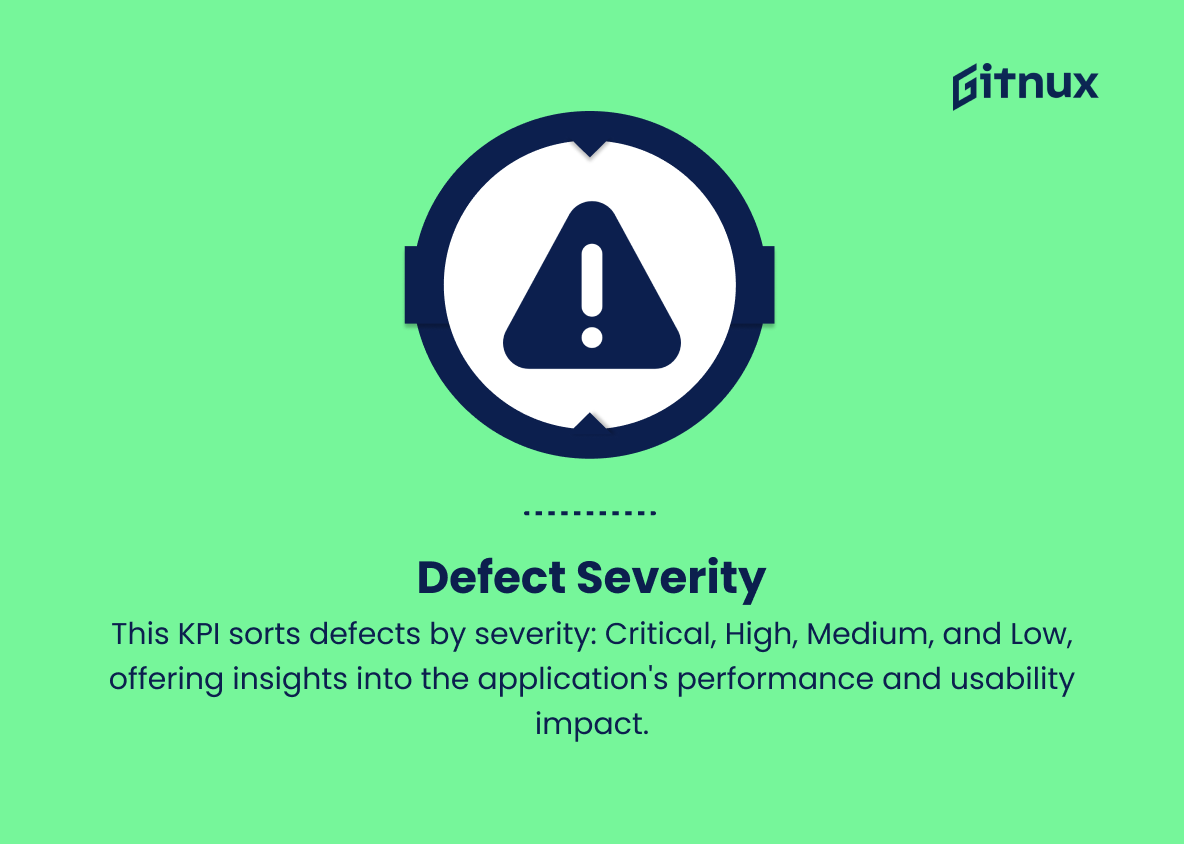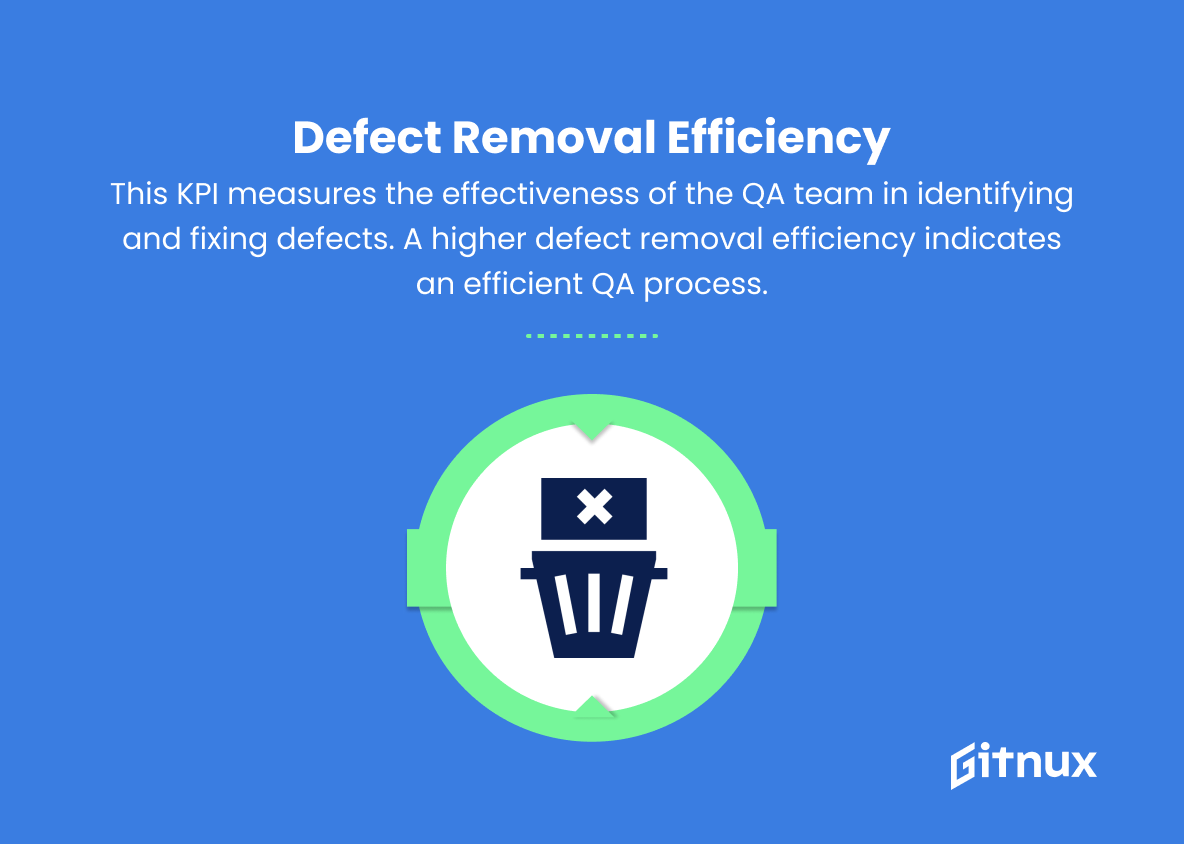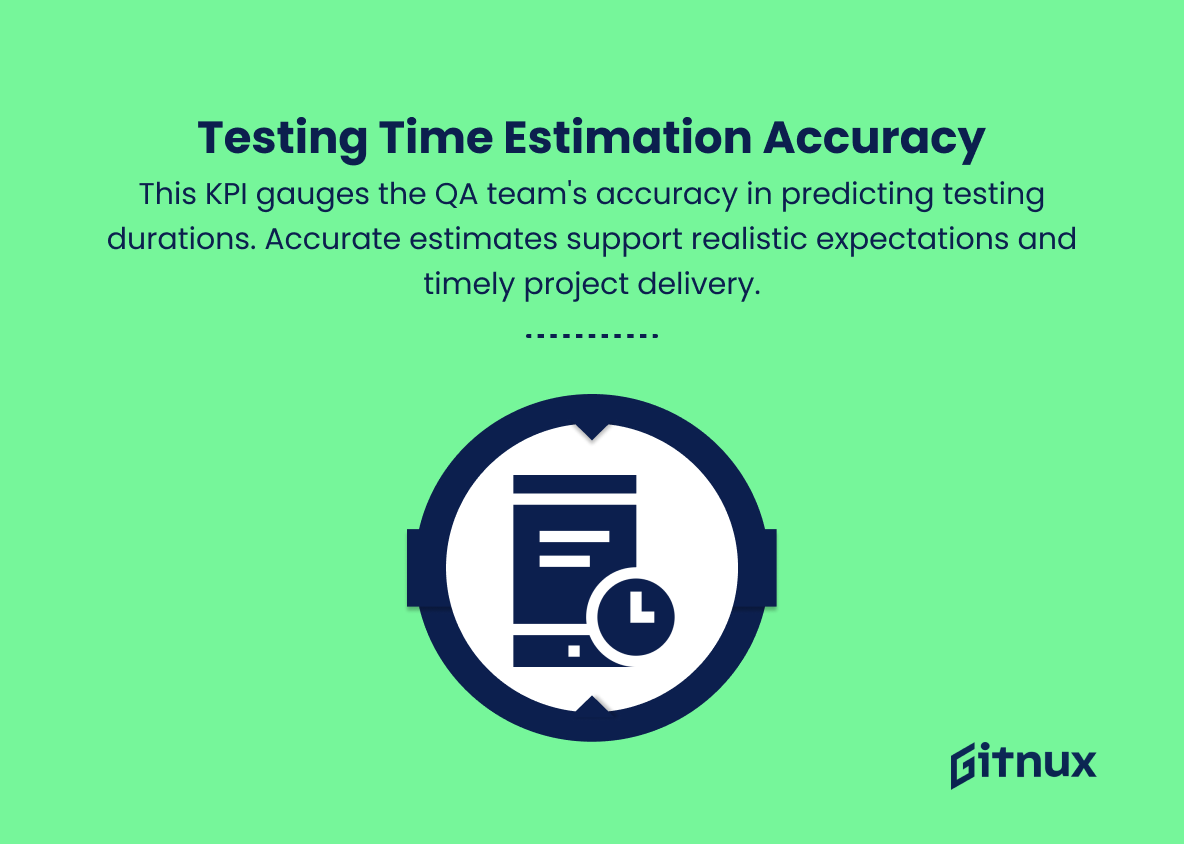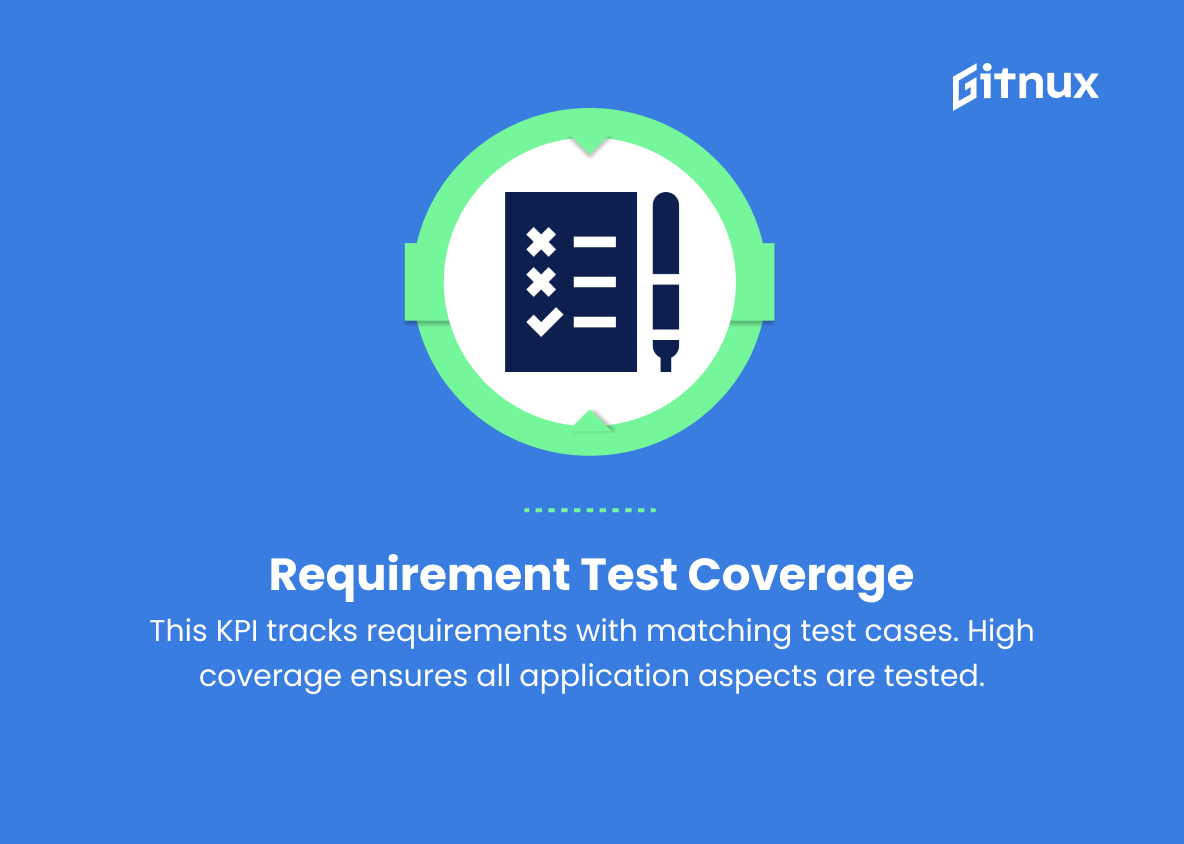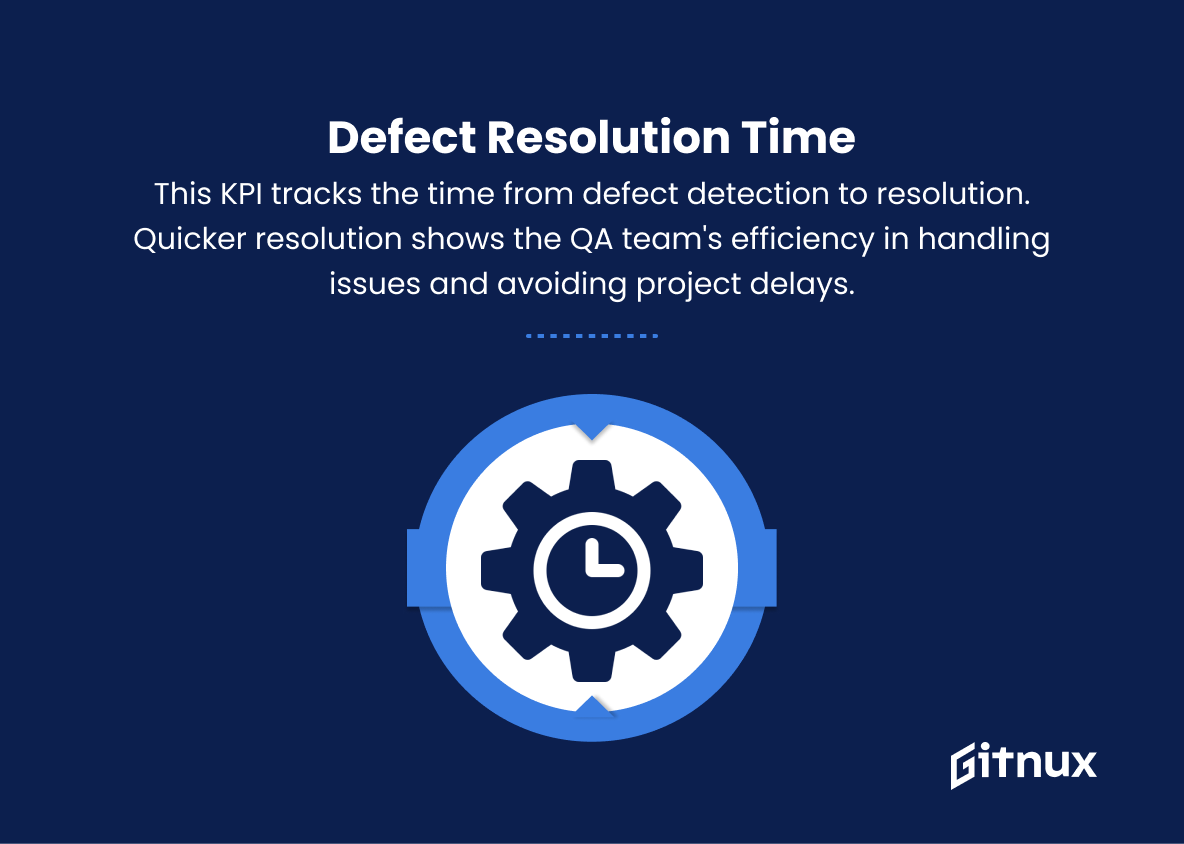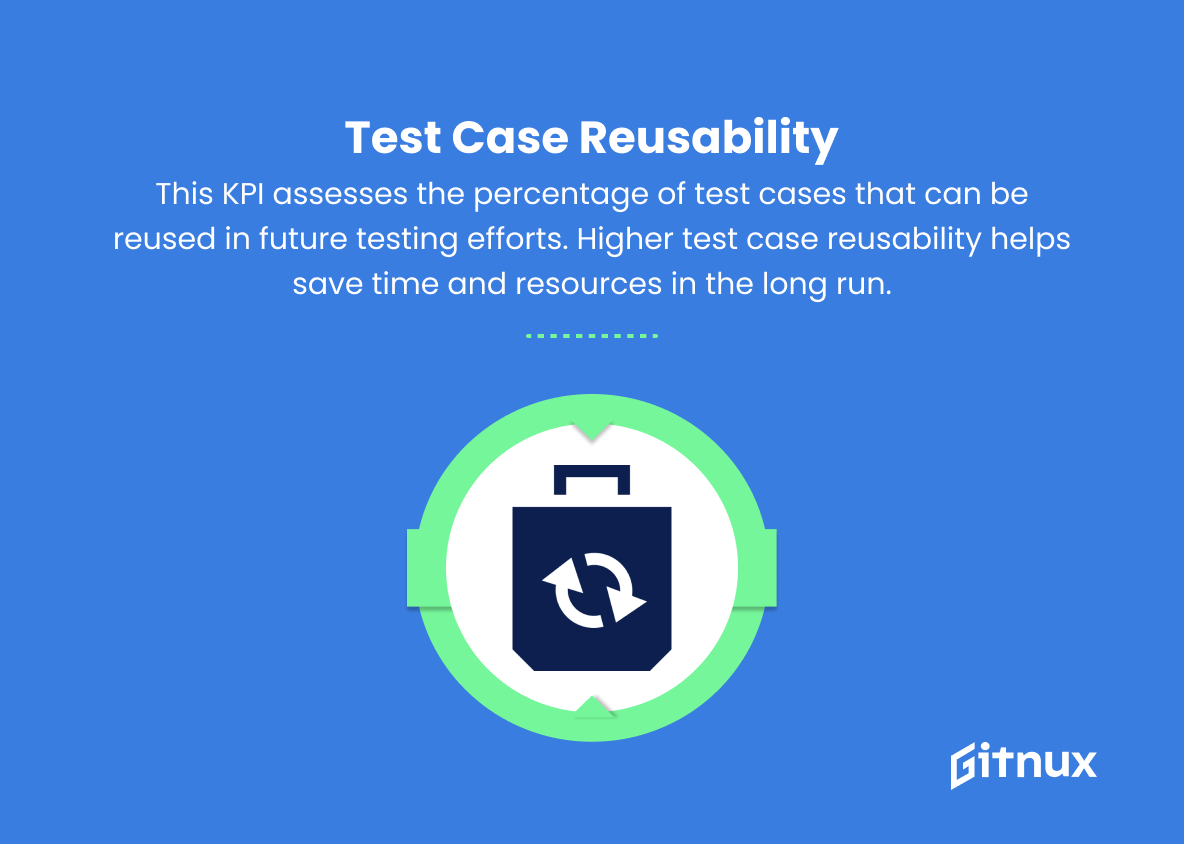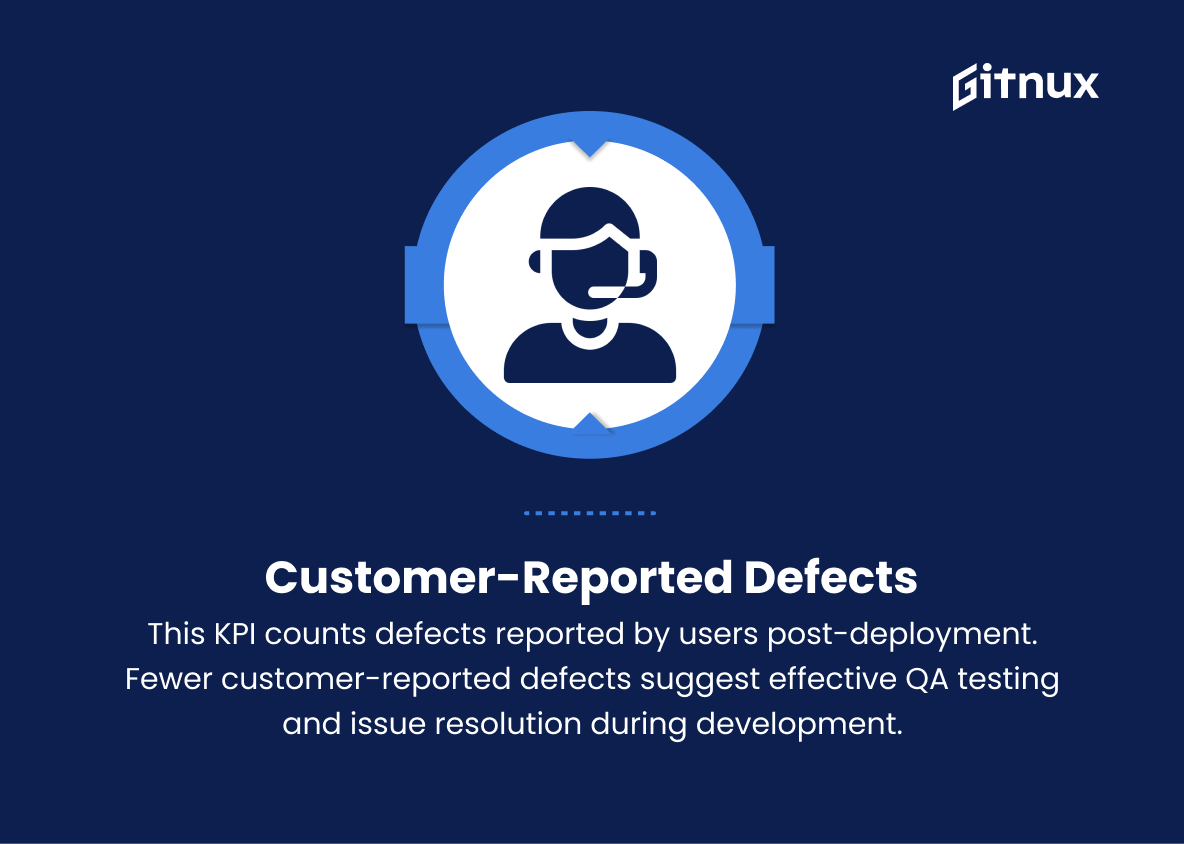In today’s fast-paced and competitive business environment, Quality Assurance (QA) has emerged as a critical aspect of maintaining and advancing an organization’s performance standards. As testing and QA professionals, we understand the immense impact that efficient QA practices can have on an organization’s reputation, customer satisfaction, and ultimately, its bottom line. In this context, the use of Key Performance Indicators (KPIs) to evaluate and optimize our QA efforts becomes essential.
The purpose of this blog post is to take a deep dive into QA KPIs, unpack their importance, explore some key examples, and provide insights on how to effectively implement them to drive data-driven, continuous improvement in your organization’s software testing and quality assurance processes.
QA KPIs You Should Know
1. Test Case Preparation Productivity
This KPI measures the number of test cases prepared by the QA team within a given time period. It helps to evaluate the team’s efficiency in creating test cases.
2. Test Execution Productivity
This KPI tracks the number of test cases executed by the QA team in a specific timeframe. A higher rate of test execution indicates that the team can quickly identify and fix issues.
3. Test Case Effectiveness
This KPI calculates the percentage of test cases that identify defects in the application. A higher percentage indicates that the test cases are designed well and contribute to improving the quality of the software.
In today’s fast-paced and competitive business landscape, quality assurance (QA) has emerged as a crucial aspect of maintaining and advancing an organization’s performance standards.4. Defect Leakage
Defect leakage represents the number of defects that make their way into the production environment after the testing phase. A lower defect leakage rate indicates the effectiveness of the QA team in identifying and removing errors before deployment.
5. Defect Severity
This KPI classifies defects based on their severity, such as Critical, High, Medium, and Low. The distribution of defect severity can provide insights into the overall impact of defects on the application’s performance and usability.
6. Defect Removal Efficiency
This KPI measures the effectiveness of the QA team in identifying and fixing defects. A higher defect removal efficiency indicates an efficient QA process.
Key Performance Indicators or KPIs are crucial for assessing the efficiency and effectiveness of a QA team in delivering high-quality software.7. Test Automation Coverage
This KPI evaluates the percentage of test cases that are automated. A higher test automation coverage means that the QA team is effectively utilizing automation tools to speed up testing and reduce manual efforts.
8. Testing Time Estimation Accuracy
This KPI assesses how accurately the QA team predicts the time it will take to complete testing activities. Accurate time estimations help set realistic expectations and ensure timely delivery of the project.
9. Requirement Test Coverage
This KPI calculates the number of requirements that have corresponding test cases. High requirement test coverage ensures that all the necessary aspects of the application have been tested.
10. Defect Resolution Time
This KPI measures the time it takes to resolve a defect, from its detection to its final resolution. A shorter defect resolution time indicates that the QA team is effectively addressing issues and preventing delays in the project.
11. Defect Density
This KPI calculates the number of defects per unit of the application’s size, such as lines of code or function points. A lower defect density implies that the application’s quality is relatively high.
12. Test Case Reusability
This KPI assesses the percentage of test cases that can be reused in future testing efforts. Higher test case reusability helps save time and resources in the long run.
13. Customer-reported Defects
This KPI tracks the number of defects reported by end-users after the application is deployed. A lower number of customer-reported defects signifies that the QA team has effectively tested and resolved issues during the development process.
QA KPIs Explained
Key Performance Indicators (KPIs) are critical to assessing the efficiency and effectiveness of a QA team in delivering quality software. Test Case Preparation Productivity, Test Execution Productivity, and Test Case Effectiveness provide insight into the team’s ability to design and execute test cases, which ultimately contributes to defect identification and resolution.
Defect Leakage, Defect Severity, Defect Removal Efficiency and Customer-Reported Defects help evaluate the team’s ability to eliminate defects and deliver a reliable, easy-to-use product. Test Automation Coverage, Test Time Estimation Accuracy, Requirement Test Coverage, Defect Density, and Test Case Reusability show resource utilization, time management, testing thoroughness, and adaptability for future QA efforts.
By monitoring and optimizing these KPIs, organizations can achieve a streamlined QA process that results in the delivery of high-quality software, customer satisfaction, and overall project success.
Conclusion
Finally, mastering QA KPIs is critical for any organization that values efficiency and strives to improve its software quality. These metrics not only provide a clear view of the effectiveness of your QA process, but also identify areas that may need improvement.
By consistently monitoring and analyzing these metrics, your organization will be positioned for continued growth and success in the ever-evolving and competitive software development landscape. Make QA KPIs an integral part of your quality assurance strategy and watch your team’s performance and productivity reach new heights.
